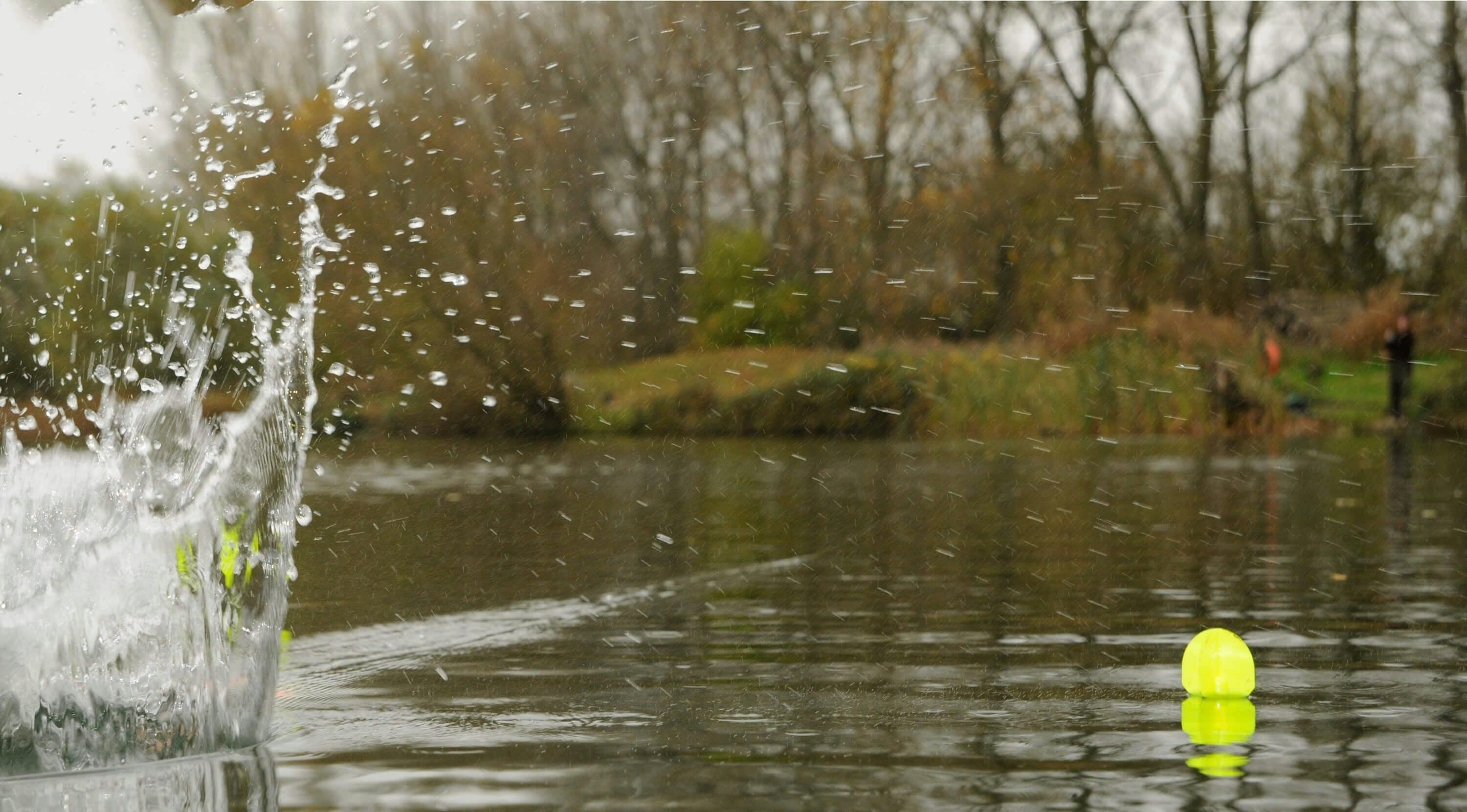
Elliot Gray - Mastering Maggots
Carp Baiting Beginner
A gallon is more than enough maggots to try the big baiting approach.

Colour: The colour of the maggots you use is entirely up to you, there’s a host of different options out there.
My favourite colour is white, and it’s pretty much all I use. I have used other colours in the past but always revert back to white. A lot of anglers like to use red maggots, as these appear the closest to bloodworm, which carp absolutely love to eat.
Imitating a natural food source is never going to be a bad thing, and there’s no doubt that the reds will also do you proud. I love them because they have such a strong visual aspect, and any passing carp are sure to notice them, and hopefully, drop down to feed. I’ve always been a believer of the fact that maggots are extremely hard to turn down, and this seems to be the case as every winter there are hundreds of fish caught on them whilst all else is failing.
Big baitting: One tactic that I do like is the use of large quantities of maggots, it just seems to work
There’s no need to go absolutely bonkers and take gallon upon gallon of maggots with you, but an opening gambit of around half a gallon, to a gallon, is a favourite of mine. I think the carp find them irresistible at times, so the more you put out, the harder it is for them to avoid. When baiting in this way it is important to be as accurate as possible, try to get your bait as tight as you can, as the maggots are likely to spread slightly anyway.
PVA Bags
I pretty much always use PVA bag when introducing maggots. There have been times where I will cast a single hook bait over the top, but for the majority of the time these days, I’ll have some form of PVA bag attached. The thing I like about the PVA bag is the tight concentration of maggots around the rig, they will spread somewhat but in the cold water of winter, it’s not a great deal. When fishing over a bed of maggots I will normally use a relatively
small bag, but will use larger ones if the range is shorter. I have had success on both large and small bags, when fished over the top of a baited area – it is range and accuracy that dictate how large the bag will be. When using the bags to cast at showing fish, which can be a great method, I’ll use as large a bag as I can get away with, so again, it’s dictated by the range and accuracy required. When selecting your PVA it is really important to choose a micromesh PVA. This will ensure that the maggots are unable to escape from the bag, as the little wrigglers have a tendency to find their way out of the mesh unless it is of a fine weave.
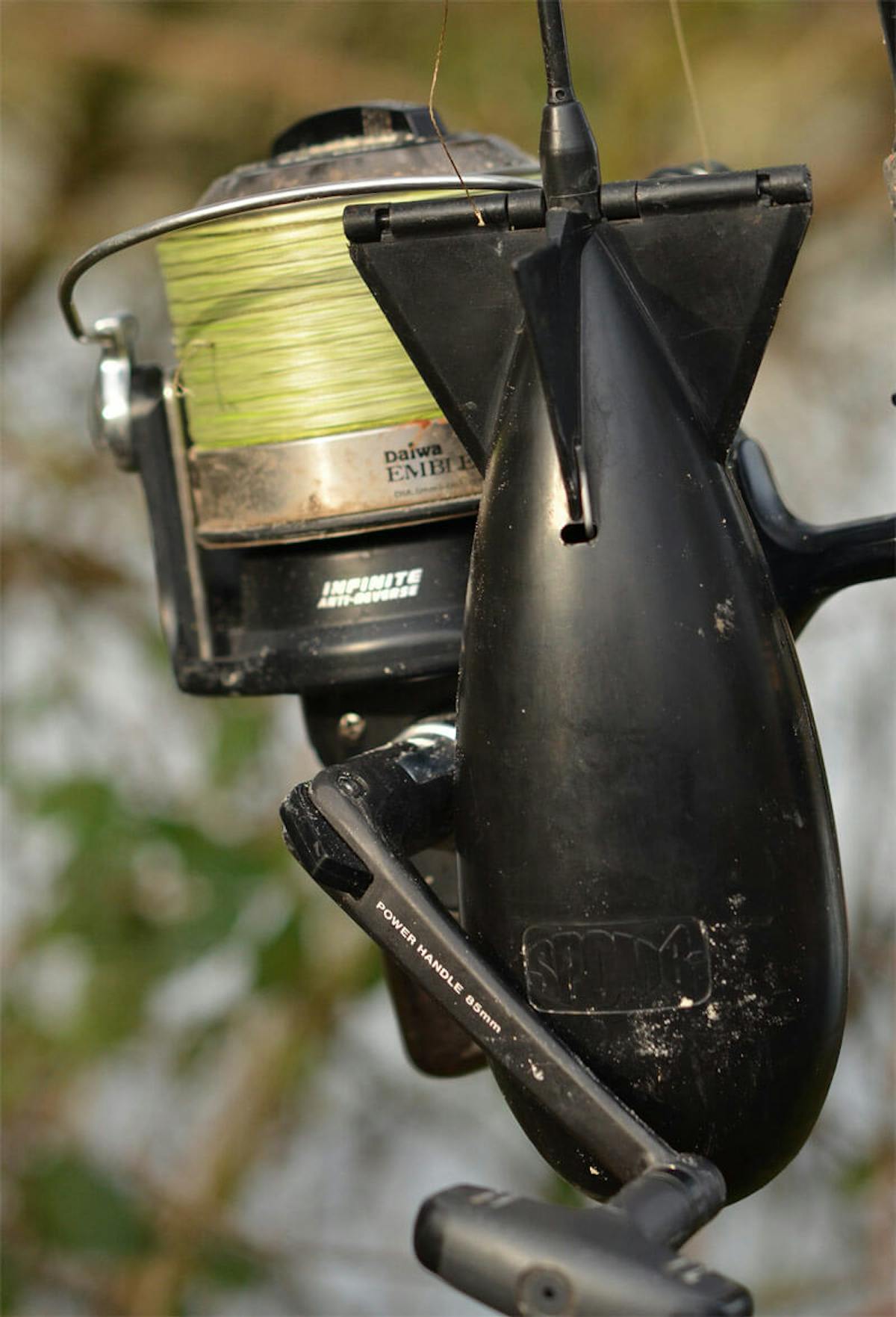
THE SPOT
Spot selection is something I always pay attention to but there’s no hard and fast rules for what type of spot I will look for. When maggot fishing though, I do tend to favour the harder areas such as clay or gravel. Like anything, there’s nothing to say you cannot use maggots in the silt, and I have done so in the past, I just prefer using them over hard ground. In an ideal world, the spot will be no bigger than the size of a bivvy, which presents the perfect area to bait on top of.
Elliot Favours a clean area of clay or gravel for maggot fishing. note the scuffs on the lead.
Sometimes the best hookbait is the most natural one.
HOOK BAITS
The choice you make when it comes to hook baits can be a crucial one. I have certainly seen times where a maggot hook bait will out-fish a boilie, for example. I do like to use a small pop-up a lot of the time, particularly on lakes where there are small fish present, but if the lakes hold only carp then I will opt for a maggot hook bait,
opting for a mag-aligner style presentation. The great thing about a pop-up hook bait is that it stands out amongst the maggots, and is something for the carp to bee-line towards. Using a bright hook bait is something that has always worked for me, and on a venue that contains silvers is my number one choice. On the flip side of the coin, once the carp are really tuned into the maggots, they can avoid the abnormal hook baits. Sometimes there’s no substitute for a matching hook bait, and where I can get away with it, I will often use the real thing and an imitation on the hook too.
Bright, small popups are great for catching carp over maggots.
Things to avoid
Storage
Your maggots need to be kept dry, and stored safely. I have had instances in the past when I have stored them in bags and stuff, and it really isn’t the one. Anyone that has had maggots escape in their car will understand! I opt for a large bucket, and don’t put any holes in it, like many do. I want the maggots to temporarily suffocate and lay dormant in the bucket, until the lid is removed and they wake up again. If the maggots get wet, they become a nightmare to use in conjunction with PVA, and can even float if they’re exposed to too much water, which we want to avoid like the plague!
Sweating
I don’t like my maggots to sweat too much, it’s ok if they have a little go, but if they become soaked in sweat, I’m not a happy bunny. If the maggots are used purely for baiting up with then I’m less worried, so long as they don’t float. In order to prevent them from sweating I like to suffocate them, and make sure they covered in a rather generous helping of either maize flour, or Cell base mix. I like the idea that the powder absorbs any ammonia released by the maggots, and this is then transferred into the water, without the trouble of the maggots being wet. So if they do sweat, it’s into the powder instead of onto eachother.
Elliott makes sure his maggots are absolutely covered in maize flour, in order to avoid the danger of sweat.
Big winds
One of my pet hates about maggot fishing is their use in windy conditions, particularly if the lake is deep. Maggots sink very slowly, and disperse somewhat too, even in calm conditions. When the wind is strong and things like undertow come into play, the maggots can end up all over the place. For this reason, I try to use them when the wind is slow or non-existent. If the wind is strong, I will always wait until after dark when the wind always seems to drop off, and do my baiting then.
Nuisance Fish : The deciding factor when using maggots is pretty much always the number of nuisance fish present in the
Venue
Maggots are an expensive bait to use, particularly in large quantities, and their biggest bonus is also their biggest downfall. Every fish that swims will eat maggots and if the lake’s full of nuisance species then I would avoid using them – generally it’s a waste of time and money.
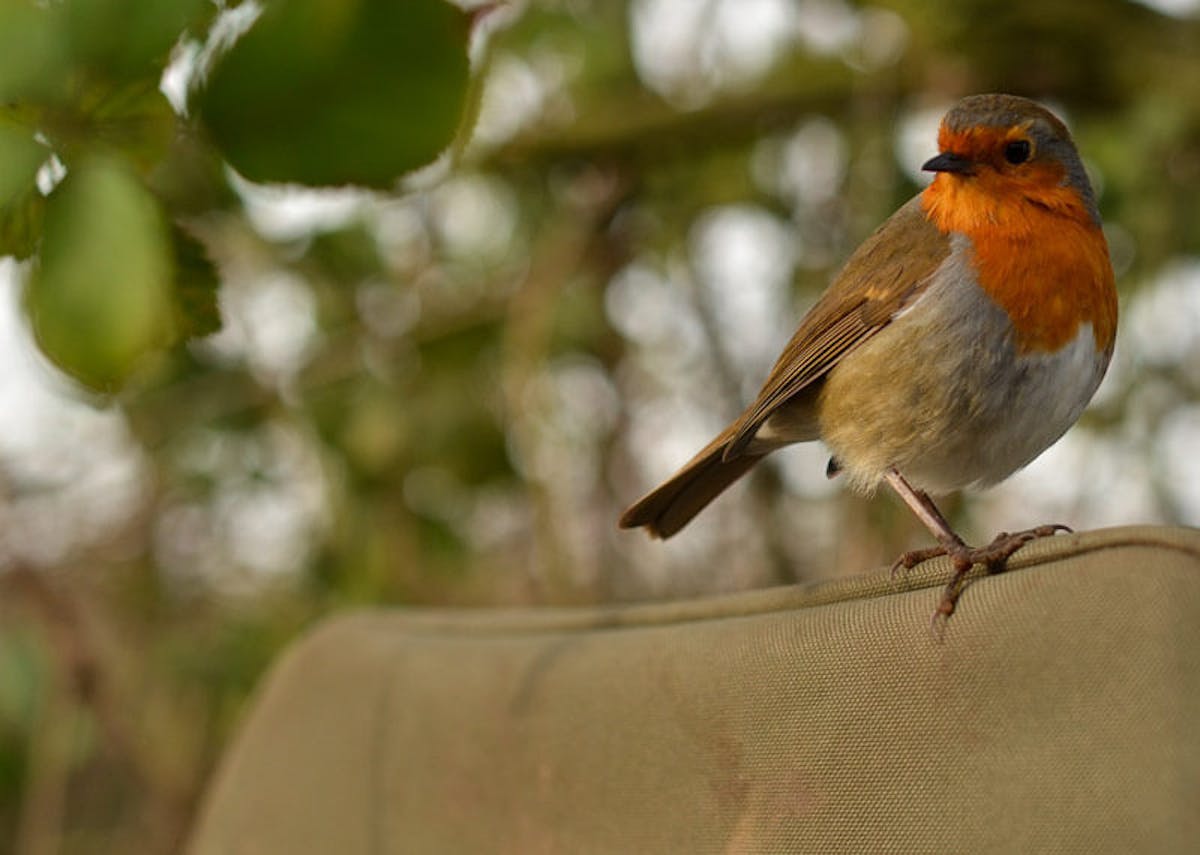
How to guides
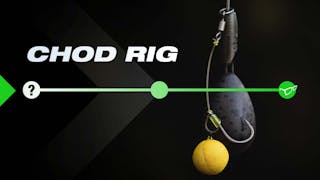
How To Tie The Chod Rig
Learn how to tie a Chod Rig, perfect, everytime!

How To Tie The Maggot Clip Rig
Rob Burgess shows how to tie a simple, yet effective rig for presenting maggots
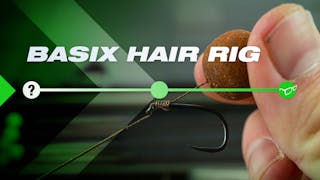
How To Tie The BASIX Hair Rig
Here is an easy to follow guide on how to tie a Basix Hair Rig

How To Tie The Solid PVA Bag (Flat Bed Style)
Korda Koach Rob Burgess show's you how to tie his Solid PVA Bag in his unique Flat Bed

How To Set Up A Heli-Safe Tubing Kit
How to set up a Heli-Safe Tubing Kit

How To Tie A Combi Rig With Loops And Booms
Constructing a Combi Rig has never been easier!
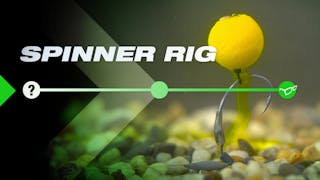
How To Tie Spinner Rig
Tom Dove explains how he likes to tie the famous Spinner Rig

How To Use Adjustable Zigs
Dovey talks you through how easy adjustable zigs are to set up and exactly how to use

How To Use Distance Sticks
Distance Sticks are a key product in helping you fish spots accurately every time!

How To Tie The Slip D Rig
How to tie a simple, yet effective Slip D Rig
Advice and tips
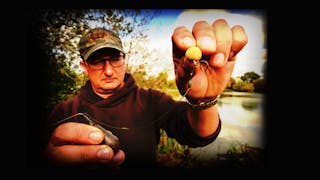
Danny Fairbrass on using the Multi Rig
Despite being a self-confessed ‘rig man’ DANNY FAIRBRASS took a while to try the multi

A Guide to the Withy Pool Rig
The Withy Pool Rig, Elliott Gray explains.
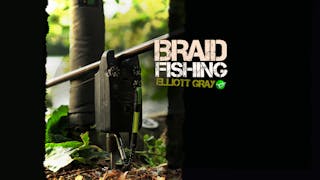
Ultimate Guide to Braid Line Fishing
Elliott talks braid and why he loves it.
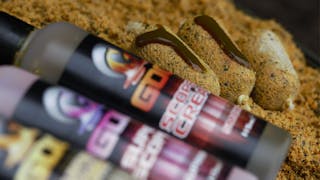
Jamie Londers - Goo Tips
Carp catching machine Jamie Londors talks the importance of Goo in his angling.
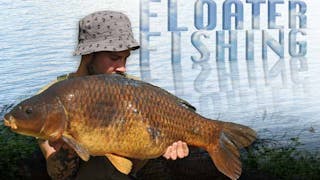
Elliott Gray - Floater Fishing
Elliott discusses one of the most exciting ways to catch them.

Elliot Gray - Particle Fishing
Particle fishing with Elliott Gray.
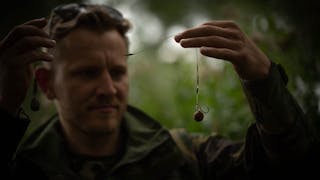
Scott Sweetman - Fishing In The Silt
Scott talks how and why he likes to fish in the silt.
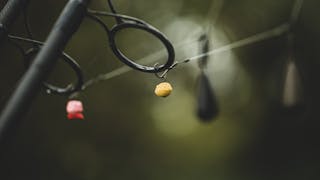
Luke Vallory - My Three Rigs
Luke explains what his go to set up is for bottom baits, wafters and pop-ups.
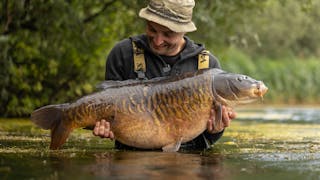
Tom Stokes - Fishing in Weed
Tom Stokes explains how to fish in and around the weed.
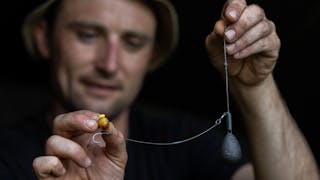
Tom Stokes - Why I Fish Heli Safes
Tom reveals how and why he fishes with Heli Safes.
Angler features
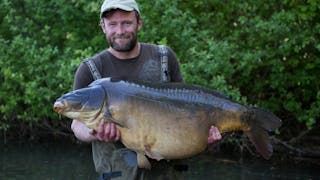
Darrell Peck - The Black Mirror
Peck recounts his campaign for one of Europe's best, 'The Black Mirror'.
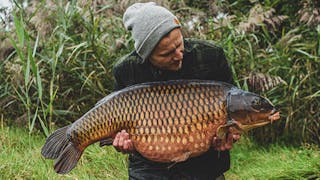
Scott Sweetman - Two A-Teamers In One Net
Scott Sweetman Tells The Story Of A Night He Will Never Forget

Marc Cavaciuti - Spring Tactics
Can discusses spring tactics in depth.
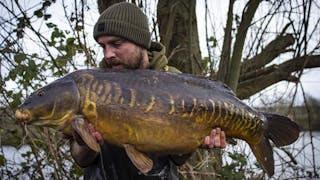
Barry Delderfield - The Campaign
Barry reflects on an incredible campaign on 'The Nunnery'
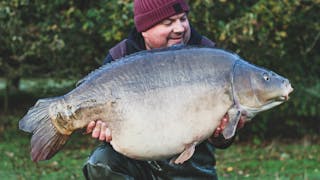
Dave Finn - A 35 Year Flame
A nostalgic reflection on Finny's 35 years in carp fishing.

Elliott Gray - Fishing in the Edge
Elliott discusses his favourite way to catch them, in the edge.
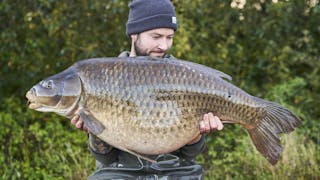
Elliott Gray - The Autumn Campaign
A campaign Elliott will never forget, ending in a huge UK common.

James Salmons - The Spring Campaign
The story of an epic spring campaign, ending with a huge UK common!
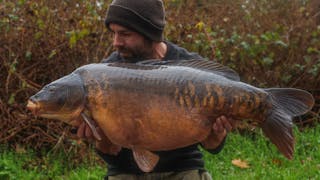
Luke Vallory - Autumn on Dinton Pastures
Luke reflects on a prolific autumn on the tricky Dinton Pastures.

Oscar Thornton - Winter Mindset
Oscar reveals his biggest winter edges that makes his winter fishing so prolific.
Product focus
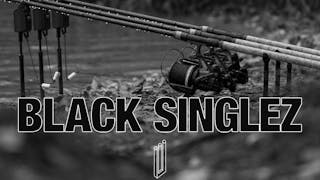
Black Singlez - Rod Support System
Introducing Tom Dove's Brainchild, the super-light Black Singlez rod support system!
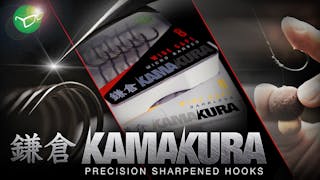
Kamakura - Precision Sharpened Hooks
We believe a sharp hook to be the single most important part of your tackle.

Kiana Carp Goo - Scopex and Buttercorn
Here's what you need to know about Scopex Cream, Super Scopex and Buttercorn Goo
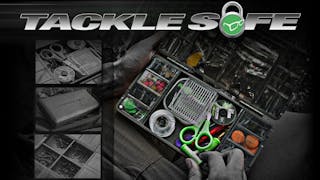
TackleSafe - Terminal Tackle and Rig Storage
The ultimate storage product for your essential items of terminal tackle.

Black & Whites - Bite indicators (Bobbins)
Here’s a look at the latest Black & White bobbins.

CarpLine - Monofilament Fishing Main Line
We reveal why Carp Line has won so many fans in the carp world.

Singlez - Rod Support System
Everything you need to know about Singlez.
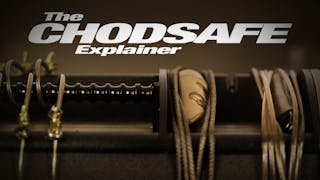
ChodSafe - Chod Rig Storage
The ChodSafe is the mother of the RigSafe family.
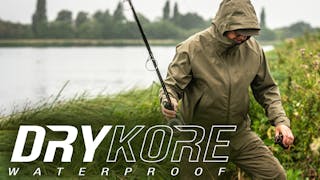
Drykore - Waterproof Clothing Range
The DRYKORE range is breathable, lightweight, and constructed from industry-leading 15K
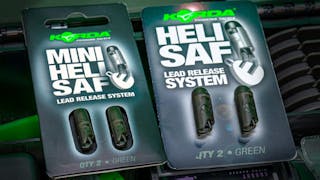
Heli-Safe - Lead Systems
A uniquely designed product allowing the angler the choice to drop their leads while
Related news

Monster Carp Returns With Season 8 at 8pm, July 6th!
04.07.2023

Thinking Tackle Returns To Gigantica! Here's the details
04.08.2023
Darrell Peck and Danny Fairbrass Return To Gigantica! Watch On Youtube - Available Now
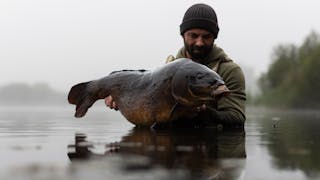
A good as Carp get! Luke Vallory catches Coins
02.10.2023
Coins a special carp caught by Luke Vallory

Korda Vlog 007 Out Now!
26.02.2024
Johnny Old and Oscar Thornton's Winter Carp Fishing Carnage!
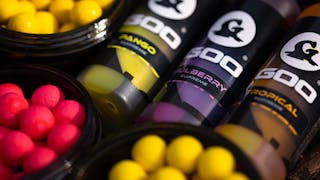
Goo, NEW hooks and more in our latest product launch!
15.03.2024
March 2024 Product Launch

Out Now: Spooner and Dovey's Latest Episode at Frimley
17.03.2024
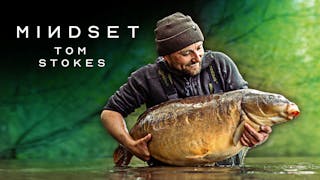
Tom Stokes at Stoneacres is out THIS SUNDAY
12.04.2024
